Evidence-based Medical Monitoring From Principles to Practice
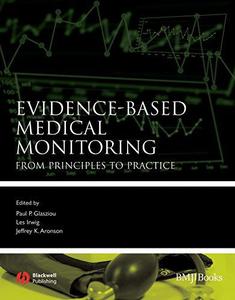
Evidence-based Medical Monitoring: From Principles to Practice By
2008 | 369 Pages | ISBN: 1405153997 | PDF | 5 MB
Monitoring is a major component of management of chronic diseases such as diabetes, cardiovascular disease, arthritis and depression. Yet poor monitoring means healthcare costs are rising.This book discusses how monitoring principles adopted in other spheres such as clinical pharmacology and evidence-based medicine can be applied to chronic disease in the global setting. With contributions from leading experts in evidence-based medicine, it is a ground-breaking text for all involved in delivery of better and more effective management of chronic illnesses.Content: Chapter 1 An Introduction to Monitoring Therapeutic Interventions in Clinical Practice (pages 3-14): Paul P. Glasziou and Jeffrey K. AronsonChapter 2 A Framework for Developing and Evaluating a Monitoring Strategy (pages 15-30): David MantChapter 3 Developing Monitoring Tools: Integrating the Pathophysiology of Disease and the Mechanisms of Action of Therapeutic Interventions (pages 31-47): Jeffrey K. Aronson and Susan MichieChapter 4 Biomarkers and Surrogate Endpoints in Monitoring Therapeutic Interventions (pages 48-62): Jeffrey K. AronsonChapter 5 Choosing the Best Monitoring Tests (pages 63-74): Les Irwig and Paul P. GlasziouChapter 6 Monitoring the Initial Response to Treatment (pages 75-89): Katy Bell, Jonathan Craig and Les IrwigChapter 7 Control Charts and Control Limits in Long?Term Monitoring (pages 90-102): Petra MacaskillChapter 8 Developing a Monitoring Schedule: Frequency of Measurement (pages 103-113): Andrew J. FarmerChapter 9 How should we Adjust Treatment? (pages 114-123): Paul P. GlasziouChapter 10 Monitoring as a Learning and Motivational Tool (pages 123-139): Susan Michie, Kirsten McCaffery and Carl HeneghanChapter 11 Monitoring from the Patient's Perspective: The Social and Psychological Implications (pages 140-157): Kirsten McCaffery and Susan MichieChapter 12 Evaluating the Effectiveness and Costs of Monitoring (pages 158-165): Patrick M.M. BossuytChapter 13 Good Practice in Delivering Laboratory Monitoring (pages 166-178): W. Stuart A. SmellieChapter 14 Point?of?Care Testing in Monitoring (pages 179-193): Christopher P. PriceChapter 15 Monitoring for the Adverse Effects of Drugs (pages 194-210): Jamie J. E. Coleman, Robin E. Ferner and Jeffrey K. AronsonChapter 16 Monitoring Diabetes Mellitus Across the Lifetime of Illness (pages 213-228): Andrew J. FarmerChapter 17 Oral Anticoagulation Therapy (OAT) (pages 229-244): Carl Heneghan and Rafael PereraChapter 18 Monitoring Cholesterol?Modifying Interventions (pages 245-253): Paul P. Glasziou, Les Irwig and Stephane HeritierChapter 19 Monitoring Levothyroxine Replacement in Primary Hypothyroidism (pages 254-285): Andrea Rita HorvathChapter 20 Monitoring in Renal Transplantation (pages 286-302): Nicholas B. Cross and Jonathan CraigChapter 21 Monitoring in Pre?Eclampsia (pages 303-312): Pisake Lumbiganon and Malinee LaopaiboonChapter 22 Monitoring in Intensive Care (pages 313-324): Jan M. Binnekade and Patrick M.M. BossuytChapter 23 Monitoring Intraocular Pressure in Glaucoma (pages 325-334): Les Irwig, Paul R. Healey, Jefferson D'Assuncao and Petra MacaskillChapter 24 Monitoring in Osteoarthritis (pages 335-356): George Peat, Mark Porcheret, John Bedson and Alison M. Ward


![S.T.A.L.K.E.R. 2 / STALKER 2: Heart of Chornobyl - Ultimate Edition (2024) [+UPDATE 23.12.2024 - v1.1.3] ElAmigos / Polska wersja językowa](https://i.postimg.cc/Zqd8RWGY/UZG8PBE.jpg)



































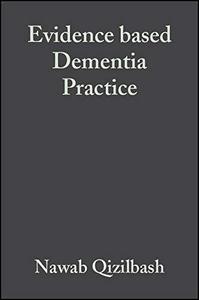
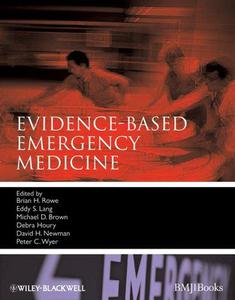
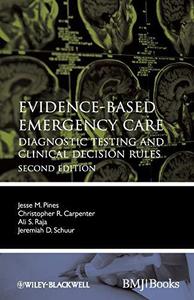
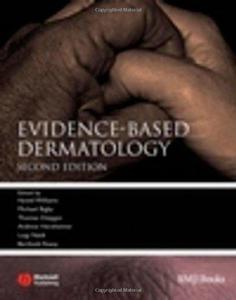
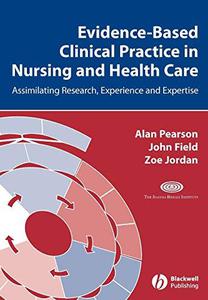

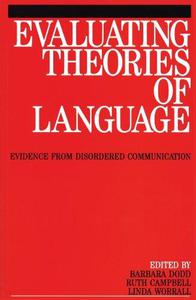









![David Gilmour - Luck and Strange (2024) [FLAC]](https://i.imgur.com/everaBc.jpeg)
![Męskie Granie Orkiestra - Męskie Granie 2024 (2024) [FLAC]](https://i.imgur.com/FAyOxrM.jpeg)
![The Rolling Stones - Hackney Diamonds (2023) [FLAC]](https://i.imgur.com/wCkyyUN.jpg)
![Lady Gaga - Harlequin (2024) [FLAC]](https://i.imgur.com/dcgIA8D.jpeg)
![Natalia Kukulska - Dobrostan (2024) [FLAC]](https://i.imgur.com/bdljG3O.jpeg)
![Kaśka Sochacka - Ta druga (2024) [FLAC]](https://i.imgur.com/hORQKvn.jpeg)
![Kuba Sienkiewicz - Pani Bóg (2024) [FLAC]](https://i.imgur.com/qijCx8Z.jpeg)
![Lanberry - Heca (2024) [FLAC]](https://i.imgur.com/8P7QfeR.jpeg)
![Sara James - PLAYHOUSE (2024) [FLAC]](https://i.imgur.com/m4f8OKg.jpeg)
![Grzegorz Hyży - EPILOG (2024) [FLAC]](https://i.imgur.com/8DA2sBr.jpeg)
![Myslovitz - WIECZORAMI CHŁOPCY WYCHODZĄ NA ULICE (2024) [FLAC]](https://i.imgur.com/l9mMtIG.jpeg)
![Krzysztof Zalewski - ZGŁOWY (2024) [FLAC]](https://i.imgur.com/vh48RAc.jpeg)
![Krzysztof Cugowski - Wiek to tylko liczba (2024) [FLAC]](https://i.imgur.com/SBzgqe2.jpeg)
![Nosowska - Kasia i Błażej (2024) [FLAC]](https://i.imgur.com/mObvVXQ.jpeg)
![sanah - Pianinkowe Kaprysy (2024) [FLAC]](https://i.imgur.com/pVjjPAa.jpeg)
![Kwiat Jabłoni - Pokaz slajdów (2023) [FLAC]](https://i.imgur.com/diERHfZ.jpg)
![Robert Cichy - Spacer po Warszawie (2024) [FLAC]](https://i.imgur.com/ixleU9o.jpeg)
![Viki Gabor - Terminal 3 (2024) [FLAC]](https://i.imgur.com/Q1KCnDs.jpeg)
![Sanah - Kaprysy (2024) [FLAC]](https://i.imgur.com/71OZm4h.jpeg)
![Męskie Granie Orkiestra - Męskie Granie 2023 (2023) [FLAC]](https://i.imgur.com/U4YHo8d.jpg)




